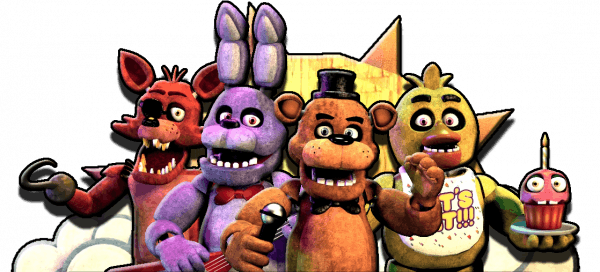
The road to the finals begins right here! How far will your squad go in Five Heads Soccer?
Five Heads Soccer is an entertaining and captivating game that adds a distinctive twist to soccer themes.
Goal
The objective of the game is to outscore the other side by hitting the ball into their goal with just your heads.
Teams of Players: Usually, there are two teams, each with five players.
Substitutions: Depending on the pregame regulations, teams may substitute players as necessary.
Tools
Ball: A lightweight soccer ball, with sizes that vary according to skill level and age.
Goals: There are two little goals at either end of the field.
Field: An place set aside for play, which may be indoors or out.
Fundamental Guidelines to Begin the Game:
The kickoff from the middle of the field starts the game.
To begin, one team passes the ball to a comrade.
The only way for players to strike the ball is with their heads. Other bodily parts are not permitted.
In order to position themselves for headers, players can sprint, leap, and move.
Rating:
When the ball fully crosses the goal line between the goalposts, a goal is scored.
At the end of the game, the side with the most goals wins.
Duration of the Game:
Depending on the participants' ages and levels of athleticism, the game can be played in quarters or halves, with each half lasting around ten to fifteen minutes.
Penalties and Fouls:
Minimal physical contact is advised because aggressive play might lead to a foul.
Fouls may result in free kicks, which give the other side an opportunity to shoot from a predetermined location.
Alternatives:
